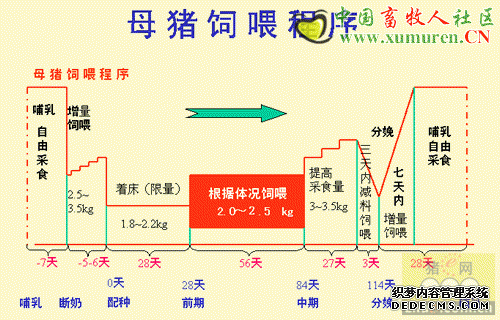Methane is not soluble in water and will bubble to the surface of the digester. Carbon dioxide, although soluble, also will escape at the surface, and both gases are captured by means of an impermeable membrane covering these digesters. The digester gas produced contains approximately two thirds methane, one third carbon dioxide, and 1 percent trace gases. This biogas, produced at a rate of approximately 1.2 million cubic feet per day, is pumped to a processing plant (see step 2).
The digested manure now is low in organics, as these have been converted to biogas. As a result, it is nearly odorless. In the Utah project, this fraction will be sent back to the lagoons at the individual farms and used as flush water.
The reason for using a mesophilic or heated digester is that bacteria work much more expediently at higher temperatures. Thus, the digestion occurs at a much faster rate than when the digester was left at ambient temperature. This means that a smaller but heated digester can handle the same flow of manure as a larger but unheated digester. This also is the reason the manure is pre-concentrated; smaller digesters are needed, thus improving efficiency.
Step 2:
The biogas that is recovered first will be cleaned up, as it contains some impurities that can affect further processing. Of highest concern is hydrogen sulfide, as it can damage processing equipment. Removal is achieved by washing the biogas with a sodium-hydroxide solution because hydrogen sulfide is captured in this.
The cleaned-up biogas then is converted to methanol. This is a two_stage process. In the first stage, the biogas is heated to approximately 700篊 together with super-heated steam, causing the methane and water to react with each other. Products formed are predominantly hydrogen gas, carbon monoxide, and carbon dioxide.
CH4 + H2O --> 3H2 + CO or CH4 + 2H2O --> 4H2 + CO2
This process is called steam reformation: steam is split into hydrogen gas and oxygen that typically ends up in carbon monoxide or carbon dioxide after reacting with carbon (in, for example, methane). Another reaction that can occur under these conditions is the water-gas shift reaction, in which carbon dioxide reacts with hydrogen, resulting in the production of carbon monoxide and water. This reaction is fully reversible, mainly dependent on the reaction temperature.
CO2 + H2 <-- --> CO + H2O
Using this reversible reaction, the balance between carbon dioxide and hydrogen can be controlled. Technically, the ideal ratio for methanol (CH3OH) production is 2 H2 and 1 CO, or 3 H2 and 1 CO2. Practically, this depends upon the catalyst and the reaction conditions used for methanol production (not disclosed). In contrast to traditional steam reforming of natural gas for the production of methanol, biogas already contains substantial portions of carbon dioxide, alleviating the need to source this material, for example, from burning methane.
In the second stage, the hydrogen and carbon monoxide/carbon dioxide are catalytically recombined in a Fischer-Tropsch reactor to form methanol. This process uses a metal catalyst based on nickel, typically in a slurry-based reactor. This reaction occurs at much lower temperatures, typically around 200篊, and at elevated pressures. In essence, the product gas from the first stage is simply pumped into the reactor under the desired pressure and temperature, and methanol is formed. This reaction is also exothermic; thus, it produces heat that needs to be removed.
CO + 2H2 --> CH3OH or CO2 + 3H2 --> CH3OH + H2O
In the Utah project, the steam reformation of biogas and the Fischer-Tropsch production of methanol will occur adjacent to the digesters, and is expected to yield 7,000 gallons of methanol per day. These processes should be considered industrial-scale processes, thus requiring a highly trained staff and high-tech equipment. By contrast, in-ground digesters are relatively simple technology.
Step 3:
The resulting methanol is subsequently taken off-site to a bio-diesel plant, the location of which has not been decided at this point. Bio-diesel production is a well-established and relatively simple process. Fats and methanol are the two key components in the reaction. The fats, consisting of fatty acids and glycerol, are combined with methanol (in a 6:1 ratio). Under moderate heating (around 200篎) and using a catalyst such as sodium hydroxide, the fatty acids dissociate from the glycerol backbone, and they react with methanol to form a methanol ester of the fatty acid and free glycerol. These methanol esters are what constitute bio-diesel.
After separating the bio-diesel from the glycerol and removing other impurities (through distillation), the product is ready for marketing. The Utah project is expected to yield 40,000 gallons of bio-diesel and 9,000 gallons of glycerin per day.
声明
来源:互联网
本文地址:http://farm.00-net.com/yz/zhu/5/2007-09-20/142366.html








